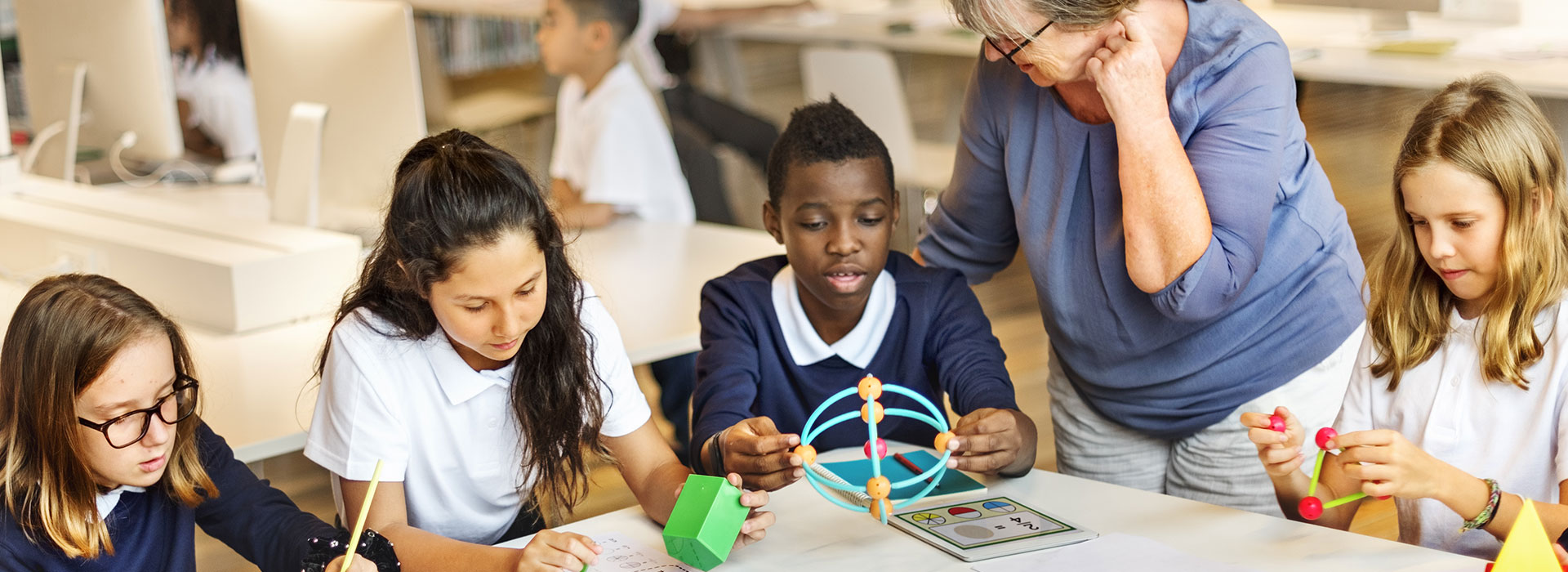A school’s Mission, Vision, and Core Values standardize the learning culture for students while they are in the building. However, bringing a learning culture to life goes beyond what we do in the building. Over a lifetime, students spend roughly 15,000 hours in school compared to the 29,000 hours they spend at home during their schooling years, and 26,000 hours they spend in the care of parents before they start formal schooling. While parents are not physically present during the school day, they wield an invisible and powerful influence. According to the first large-scale meta-analysis on learning influences, the home school partnership proved to be the fourth largest influence on student learning. In 2010, Hattie’s Visible Learning research corroborated these findings, concluding that parental involvement has a relatively large .51 effect size. As important as the home-school partnership has always been, it’s never been more important than it is right now.

The challenges facing us in the 21st Century are not going to be solved by a single school, administrator, or teacher. These multifaceted challenges will require a network of stakeholders to support the learning of students. Of course, the success of such a network is predicated on the component parts working in tandem towards a shared goal. Unless there is alignment between these spheres of influence, students will be caught in the middle of a pedagogical tug of war. So, how do we create alignment? Well, it’s incumbent upon schools to step up and take the lead.
According to a 2015 study, “teachers often regard themselves as being somewhat superior to parents, because of their professional expertise, and parents often feel less adequate than teachers because parenting is something that everyone can do.” Moreover, a 2011 study report found that 52% of parents want to be more involved but aren’t sure how.
Given educators’ feelings of superiority and parents’ feelings of inferiority, the burden of responsibility falls on the school to find ways to shift the existing paradigm, so that all stakeholders have ownership and voice. Promisingly, there are simple strategies to do so.
Culturally Responsive Collaboration Models for Building the Home-School Partnership
In my time as a principal, I have found there to be one inescapable truth about the home-school partnership: the systems that exist advantage our most privileged parents. These systems tend to unintentionally amplify the voices of a small and affluent group – a group dubbed “Volvo vigilantes.” Even our most well intentioned reforms to grant parents equal and even access can fall short of creating a culturally responsive model to growing the home-school partnership.
For example, when I first became a principal, I contacted parents to share a Calendly link with 15, 30, and 60-minute meeting slots containing both virtual and in-person options. My intention was to create an equitable and easily accessible model that all parents could avail themselves of. After just a few months, I quickly learned that there was – as there often is – a chasm between my intention and its impact.
I made the mistake of assuming that all parents, irrespective of background or schooling experience, would know that initiating a conversation with the principal wasn’t just reserved for meetings around discipline. This assumption resulted in my unwittingly entrenching existing power dynamics – a phenomenon known as the Matthew Effect.
An open-door policy, like the one I tried to implement, was well intentioned, but it fell way short of my aspirations. In reflection, I now know this is because the system I created relied on parents to take the initiative when the research tells us that to attain the sort of co-equal partnership I sought, it was on me to catalyze action.
So, how do we create a more culturally responsive home-school partnership? How do we ensure that all parents are confident in using their voice to positively influence the learning environment for their child?
Well, it starts with ensuring that parents know what learning actually looks like in your school.
What Can You Do?
Working in a middle school, I hear from parents all the time who share that their child, who used to excitedly tell them everything about their school day, now responds to questions about school with little more than a grunt and a shrug. What can I say? Middle school is not for their faint of heart.
Once students turn into young adolescents, parents have an ever-narrowing window into their kid’s day-to-day experience at school. This is why an open-door policy doesn’t work – parents don’t even know what questions to ask.
This is where a modified and novel use of instructional rounds comes in.
Instructional rounds in education are born out of a lesson study protocol that was first initiated in Japan. “Jugyou Kenkyuu” involves a group of teachers working together to perfect a lesson. For the purposes of building the home-school partnership, it is about repurposing this concept by opening your school doors to put learning and instruction on full display. This non-evaluative approach to showing off what is going on in your building is about creating the space and time for all parents to participate in a guided exploration of teaching and learning.
Where to Start?
This easy to follow step-by-step guide can help bring instructional rounds to life in your school, check out. You and your school can also partner with me and The Core Collaborative to learn how to use instructional rounds and other restorative practices. Contact us if you are interested in connecting with me or one of our other consultants.
Learn More!

